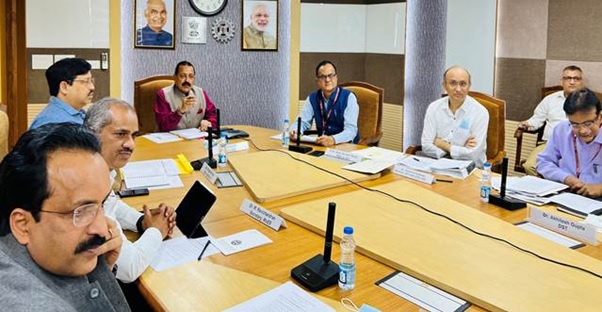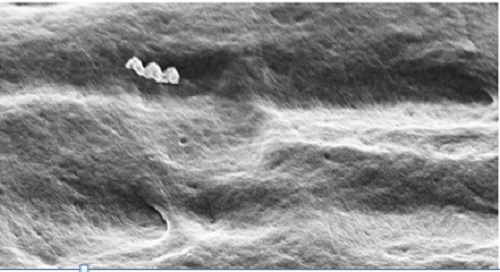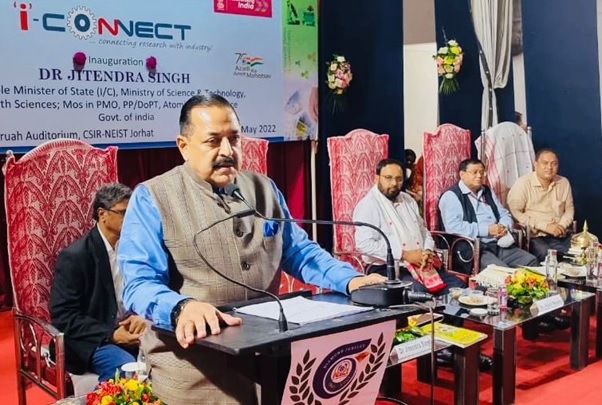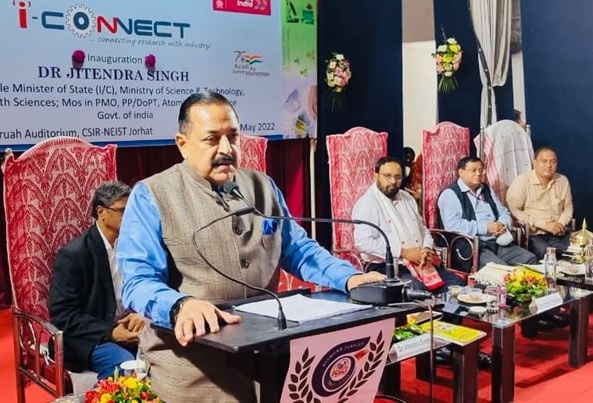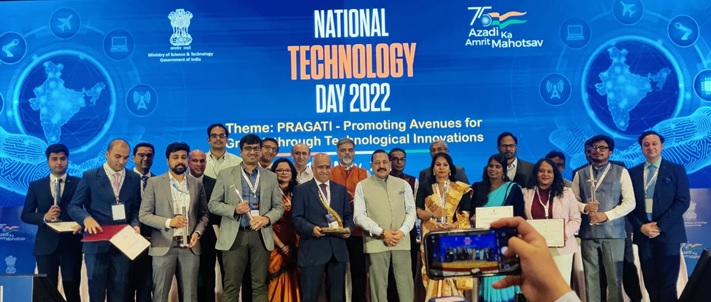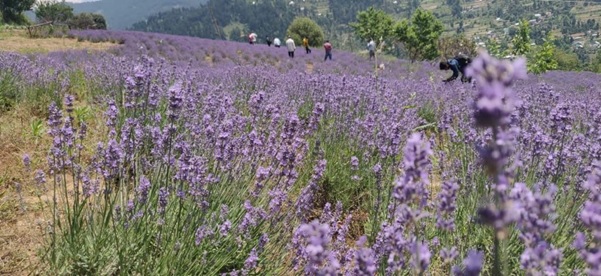
A new socio-economic revolution is underway in several parts of Jammu and Kashmir in north India, with farmers and entrepreneurs increasingly taking to the cultivation and processing of lavender.
Jammu and Kashmir were traditionally known for their apple orchards, walnuts, mulberry, saffron, Chinar and Pine trees, roses, tulips, and ever chanting snow-capped Himalayan mountains and the Dal lake.
Things have been steadily changing over the last decade. Now there is also a purple revolution. Lavender farms have started dotting the landscape, adding yet another colour, purple, thanks to a mission-based programme initiated by the Council of Scientific and Industrial Research (CSIR) to catalyse rural empowerment.
More than 1,000 farming families have already been covered under the scheme. They are cultivating the plant on more than 200 acres in different parts of J&K. Each farmer has employed at least five other people. Thus, the mission employs over 6,000 families. Women have been the biggest beneficiaries as they are primarily engaged for harvesting and processing the flower. Besides, several young entrepreneurs have started small-scale businesses through the value addition of lavender oil, and the preparation and sale of dried flowers.
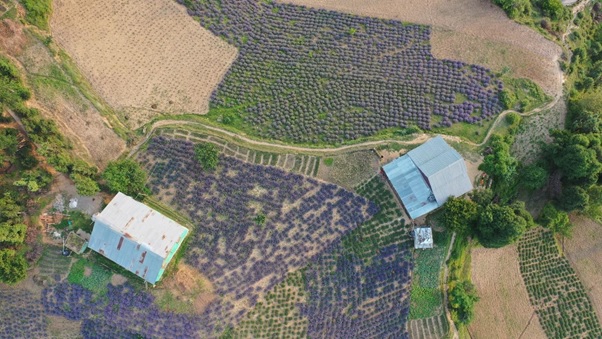
A new socio-economic revolution is underway in several parts of Jammu and Kashmir in north India, with farmers and entrepreneurs increasingly taking to the cultivation and processing of lavender.
Under the scheme, CSIR’s Jammu-based Indian Institute of Integrative Medicine (CSIR-IIIM) provides the farmers with the planting material for an elite variety of lavender and an end-to-end technology package for cultivation, processing, value addition, and marketing of the Lavender crop. Called RRL-12, the variety is highly suitable for cultivation in the rainfed regions of the temperate regions of India, including Kashmir valley and temperate areas of the Jammu division. Scientists at CSIR-IIIM have developed it.
Among other things, CSIR-IIIM conducts skill development programmes to train farmers and entrepreneurs. it has also arranged for fifty distillation units (45 fixed and five mobile) at different locations to help the farmers process their produce.
A press release on the mission noted that lavender oil fetched a price of around Rs 10,000/- per kg and dry lavender flowers a price between Rs. 1000/- to Rs 1500/-. Lavender oil production varied between 40-60 litres per hectare per year. The lavender farmers who earlier used to earn an annual income of Rs. 40,000/- to Rs. 60,000/- per hectare by growing maize and other crops now earn between Rs. 3,50,000/- to Rs. 6,00,000/- per hectare. In the Doda district, for instance, the lavender farmers had produced 300, 500, and 800 Litres of Lavender oil in 2019, 2020, and 2021. They earned over Rs. 3.0 Crore between 2018-2021.
The release noted that the region’s current production of lavender oil is just at the inception stage. It is expected to increase manifold in the coming years. The production of lavender oil in J&K will help import substitution and save foreign reserves. Besides, there is excellent scope for exporting Lavender oil as it has good global demand, it added.
India Science Wire
ISW/SP/MINISTRY/PURPLEREVOLUTION/24/05/2022
